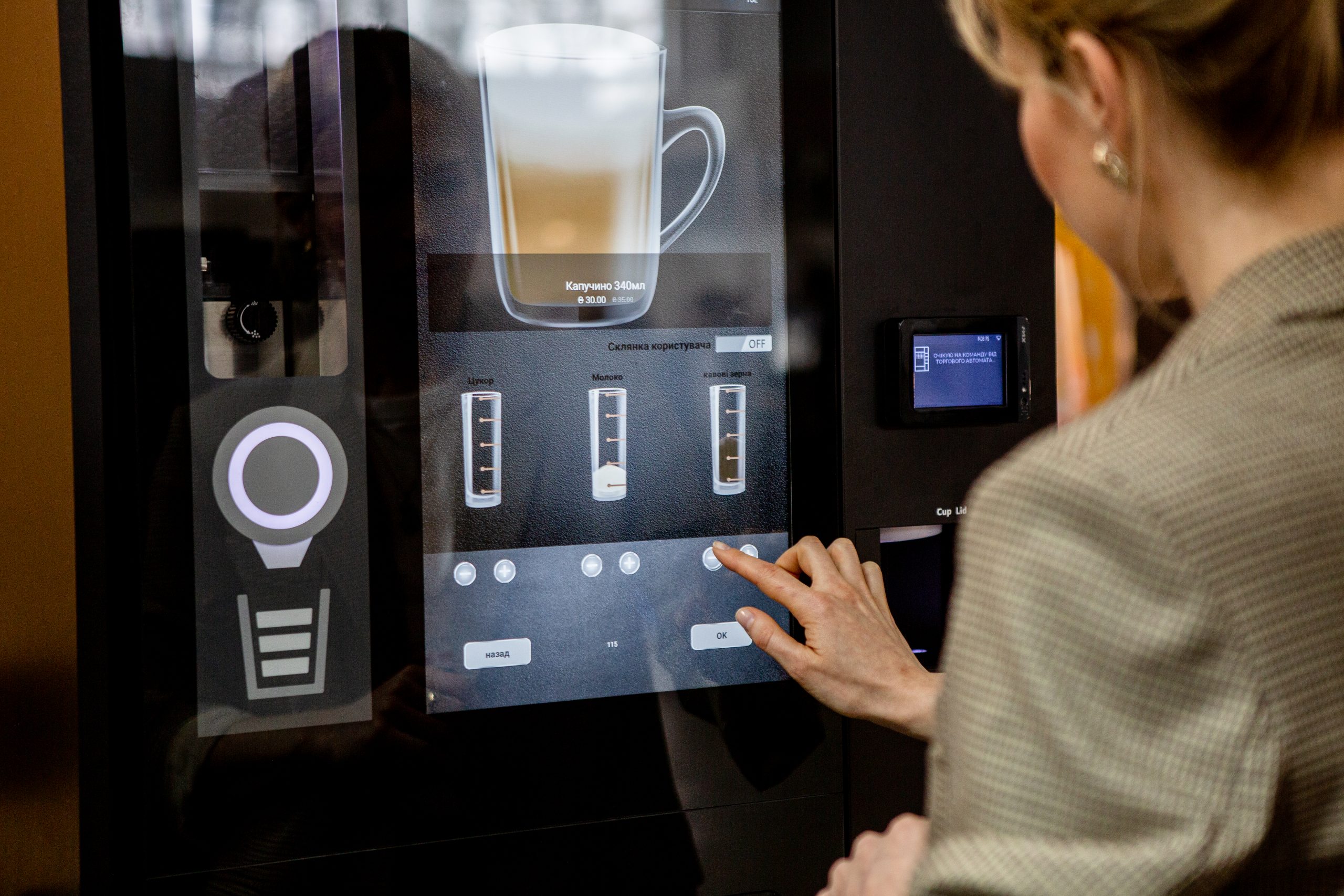From coffee vending machines to automated kitchens: how vending is developing in Ukraine
17 November 22:24
The popularity of vending machines has increased dramatically in Ukraine over the past 5 years. This has become noticeable not only to professionals but also to ordinary citizens: coffee and sandwich machines have become a whole class of business solutions, and new formats – from postal and gastronomic vending machines to ramen and pizza machines – have shown that vending can compete with traditional retail. In 2025, the growth rate accelerated: the first large-scale projects appeared in the capital, and operators expanded their fleet of machines in the regions.
What awaits the automated sales market in Ukraine, "Komersant Ukrainian" analyzed.
Analysts explain that the trend is driven by real economic factors. These include labor shortages, the desire of store and mall owners to optimize operating costs, and consumer demand for fast contactless shopping.
The spread of formats and several reputable cases show that vending is no longer a niche story. Beauty brands have launched postal machines in Kyiv, and regional operators are testing gastronomic vending machines, such as oyster machines or self-service frozen food stores. Pharmacy chains are scaling up “drugstores” that are available 24/7, and children’s products are adopting formats with toys in vending machines. All this shows that vending is becoming a multi-segment market, where each format has its own operational requirements and economics.
“Vending shows that it is possible to combine technology and traditional trade: vending machines work without staff but require precise logistics and monitoring,” one market player said in a commentary to Forbes Ukraine.
“This is a key point: the success of a vending machine depends not so much on the equipment itself as on the processes that accompany it. Remote inventory monitoring systems, temperature control for products with a short shelf life, integration with payment services, and traffic analytics are all critical for a stable income.
The coffee segment continues to lead the way in terms of the number of outlets. Coffee-on-demand machines are placed in business centers, shopping malls, and train stations. For chains, this format is a relatively predictable business with a short payback cycle. Simple financial math explains the popularity: the initial investment in a coffee machine is much lower than opening a coffee shop with staff, and repeated purchases bring a steady stream of cash or non-cash payments. At the same time, hot food vending machines – from ramen to pizza – have a higher level of operational complexity: regular logistics, control of fresh ingredients, and high-quality service are required.
The example of ramen and automated pizza vending machines illustrates this well: an investment in such a machine can be significant, but the payback is attractive at the best locations. Operators’ calculations show that stable vending machines generate tens of thousands of hryvnias per month, and at top locations – more than a hundred thousand. However, the risks here are obvious: a poorly chosen location, unstable traffic, or supply problems quickly reduce profitability.
If you put a vending machine in the wrong place, the margin potential disappears faster than you have time to analyze the data,” the franchise operator notes.
Franchising in vending takes on special features: the role of the franchisor here is more technical than exclusively branded. The franchisee receives a set of equipment, software, and service instructions, while being obliged to ensure regular replenishment, quality control, and logistics. This simplifies the entry into the business for those who are not ready to build a full-fledged fast food or coffee shop chain, but still requires the business owner to understand local demographics and pedestrian traffic.
Watch us on YouTube: important topics – without censorship
By placing vending machines in places with high potential, a business can scale quickly. A mistake with the location will delay the payback for years or make the project unprofitable.
Technological evolution is also important: operators are actively implementing IoT solutions for real-time monitoring, analytical dashboards for forecasting replenishment, and integration with mobile wallets and loyalty programs. This helps to reduce operating costs and improve the quality of service.
The role of partnerships is also growing: vending machines are used as a last-mile channel by retailers and manufacturers to test new product lines before mass launch.
In the medium and longer term, vending in Ukraine is moving towards differentiation and technology. The market will become more specialized: from premium snacks and fresh food to niche non-food, such as cosmetics or products for children. Vending machines will be integrated into large retail chains as an experimental channel and as a permanent tool for last-mile retail logistics. For investors, this means that location analysis, the right franchisor, and reliable logistics and maintenance partners will remain key success factors.
Read us on Telegram: important topics – without censorship









